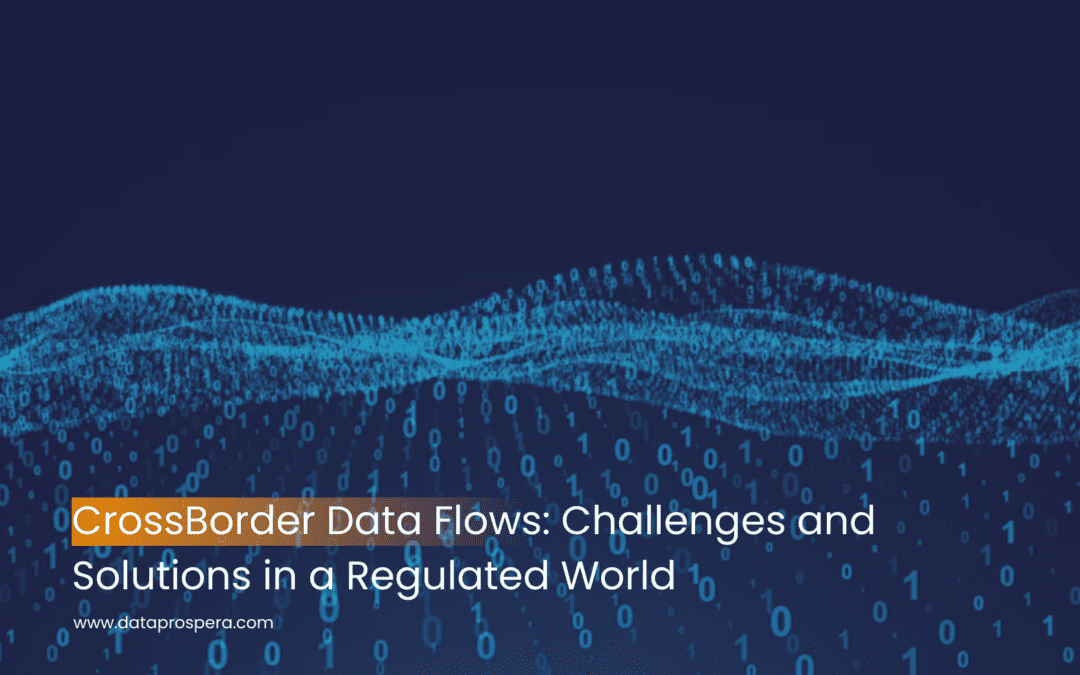In today’s interconnected global economy, the seamless flow of data across borders is essential for business operations, innovation, and economic growth. However, varying national regulations, data protection laws, and security concerns present significant challenges to crossborder data transfers. This blog explores the complexities of crossborder data flows and offers insights into navigating these challenges effectively.
1. The Importance of CrossBorder Data Flows
Crossborder data flows enable multinational companies to operate efficiently, support global supply chains, and foster international collaboration. They are vital for services like cloud computing, international finance, and global communications. However, the increasing volume of data transfers has raised concerns about data privacy, security, and compliance with diverse regulatory frameworks.
2. Challenges in CrossBorder Data Transfers
2.1. Diverse Regulatory Landscapes
Countries have implemented varying data protection laws, leading to a complex regulatory environment. For instance, the European Union’s General Data Protection Regulation (GDPR) imposes strict requirements on data transfers, while China’s Personal Information Protection Law (PIPL) has its own set of rules. Navigating these differences is challenging for organizations operating internationally.
2.2. Data Localization Requirements
Some countries mandate that certain data be stored and processed within their borders, a practice known as data localization. While intended to protect national interests, these requirements can hinder global data flows and increase operational costs for businesses.
2.3. Security and Privacy Concerns
Transferring data across borders can expose it to varying levels of security and privacy protections. Organizations must ensure that data remains secure and that privacy standards are upheld throughout the transfer process.
3. Solutions and Best Practices
3.1. Implementing Standard Contractual Clauses (SCCs)
SCCs are legal tools provided by the European Commission to facilitate data transfers outside the EU. They help ensure that data protection standards are maintained during crossborder transfers.
3.2. Adopting Binding Corporate Rules (BCRs)
BCRs are internal policies adopted by multinational companies to allow intraorganizational transfers of personal data across borders in compliance with data protection laws.([LinkedIn][2])
3.3. Utilizing PrivacyEnhancing Technologies (PETs)
Technologies like encryption, anonymization, and pseudonymization can protect data during transfers, reducing the risk of breaches and ensuring compliance with privacy regulations.
3.4. Engaging in International Agreements
Countries and organizations can participate in international frameworks and agreements that promote harmonized data protection standards, facilitating smoother crossborder data flows.
4. The Role of International Cooperation
International bodies and agreements play a crucial role in addressing the challenges of crossborder data flows. Collaborative efforts can lead to the development of standardized regulations and best practices, reducing complexity and fostering trust among nations and organizations.
Conclusion
Crossborder data flows are integral to the modern digital economy, but they come with a host of challenges stemming from diverse regulations and security concerns. By understanding these challenges and implementing strategic solutions—such as legal frameworks, technological safeguards, and international cooperation—organizations can navigate the complexities of crossborder data transfers effectively.


Recent Comments